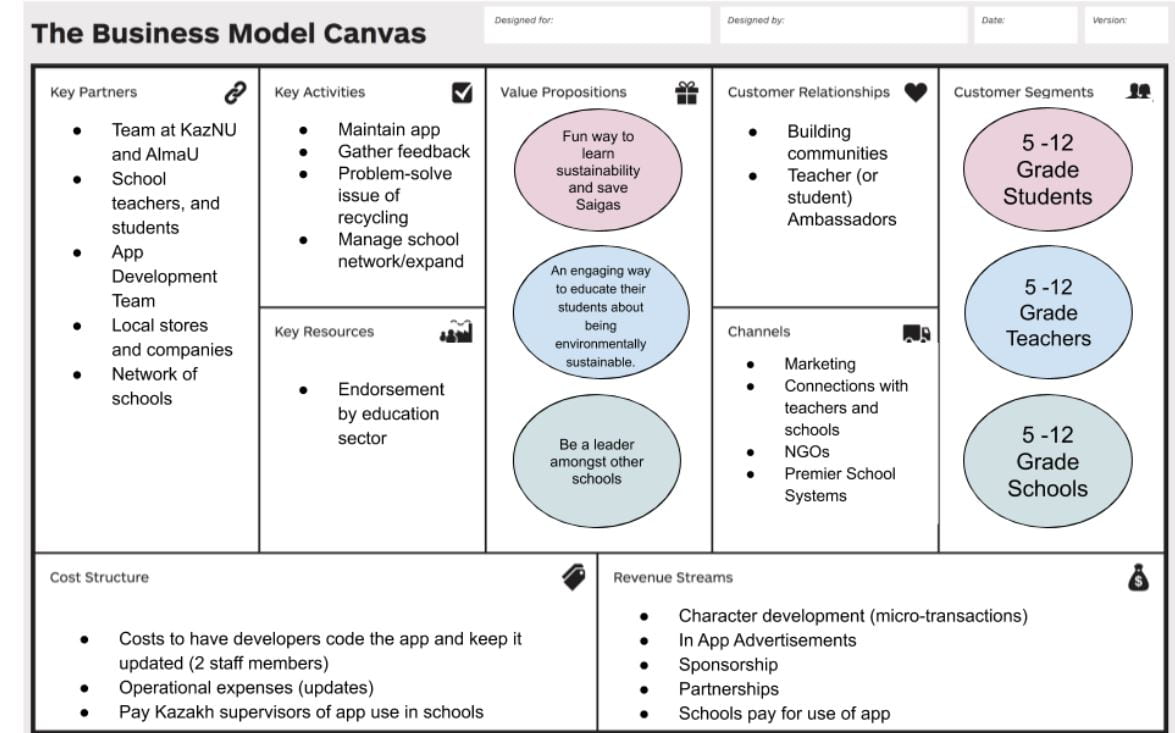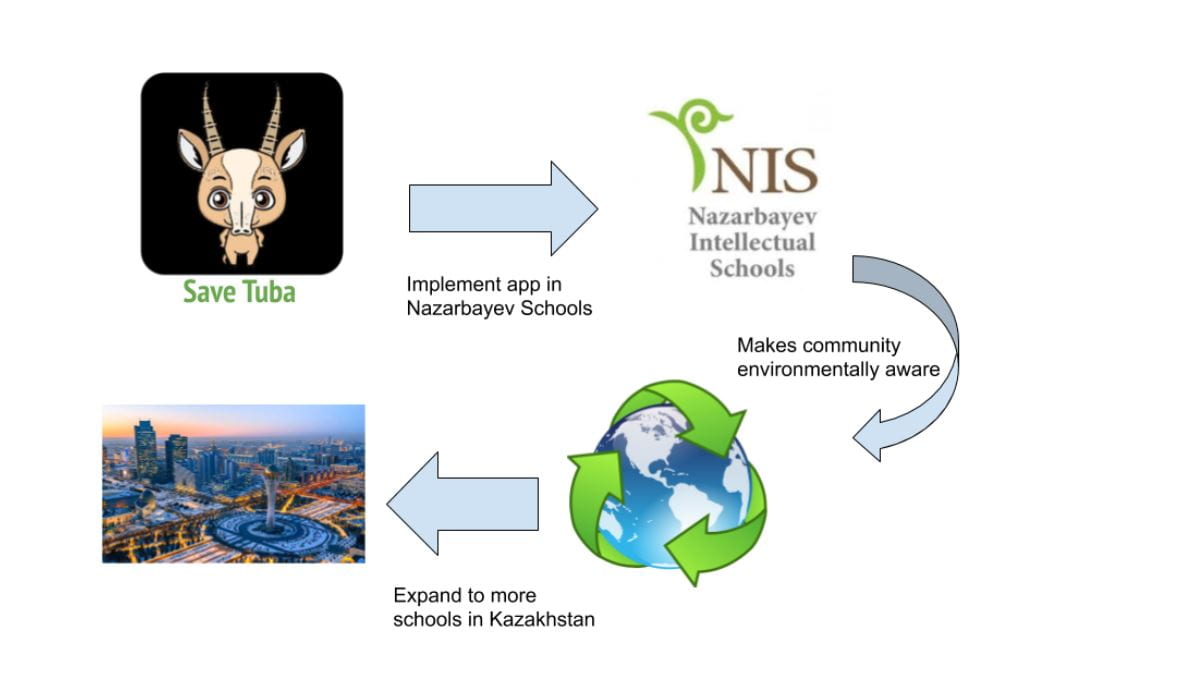The issue:
The issue is whether we (designers) should add the auto-disable feature into the syringes the firm manufactures. Given the syringes are made for low-income countries, adding this feature might cause financial distress for the individuals who need the syringes, or the hospitals that are willing to offer them. Not adding this feature may be seen as unethical because without the auto-disable feature, diseases will spread much faster and in a developing country, epidemics are much harder to control and have a devastating effect on the community and economy. Both are possible approaches but which one is the best option, concerning the ethics and practicality of the solution.
The facts:
- I am a designer and I must develop a low-cost syringe for the developing world.
- The auto-disable feature that might be added is expensive
- The auto-disable feature prevents the spread of disease.
Stakeholders and their motivations:
- Doctors
- They want to prevent the disease from spreading and offer good and safe services to treat their patients.
- Patients
- They want to receive safe and cost-effective treatments for their ailments.
- Hospital administration
- Want to offer good and safe environment to treat their patients.
- Help as many patients as possible.
- Avoid mediating the spread of any disease.
- Firm I work for
- Increase in reputation and status when an effective syringe would be released.
- Increase in revenue and profit when the product is released.
- Company would be seen as innovative.
- Open more partnerships with other hospitals.
- Manufacturer of the syringe
- Increase in reputation as a manufacturer.
- Me (designer)
- Possible promotion and/or raise in salary.
- Reputation in the job market
Possible Solutions:
Applying the auto-disable feature
Advantages:
- It will provide a safe environment for the patients to receive their vaccines and treatments with a peace of mind.
- It will prevent the spread of disease.
- It will improve the reputation of the company.
- It will increase the profit and revenue of the company.
Disadvantages:
- It will be expensive and will represent a financial hardship for some individuals.
- Not everyone will be able to pay, so some may not get the vaccine/treatment at all, leaving themselves uncured.
Ethical principle: Duty and consequence-based thinking.
The syringe ensures that diseases don’t spread, protecting the population as a whole. The syringe will also offer safety for all who take it equally. With consequence-based thinking, we should always think about what is the greater good, and with duty-based thinking, we should always think of the option that would be fair for everyone.
Making the feature optional
Advantages:
- If one is unable to pay, he can still receive the injection.
Disadvantages:
- It puts the fate of the general public in the hands of individuals.
- Risk that some patients wouldn’t understand the importance of the auto-disable feature and would opt for the cheaper option, causing disease to spread.
Ethical principle: Virtue based thinking
This option leaves the choice up to each individual’s understanding of the importance of having the safe option, his financial ability to do so, and his own judgement of whether or not it is necessary. It is based on each person’s virtues.
Not adding the feature but ensuring they are thrown away after every use.
Advantages:
- Syringes will be cheap, and more people will be able to afford them.
Disadvantages:
- Greater possibility for an epidemic to be released, halting the development of the country by damaging the economy and infecting communities.
- Damage the reputation of the company.
- Risk doctors and nurses do not co-operate and throw syringes after one use.
Ethical principle: Consequence based thinking
If we enforce the feature on everyone, some patients will avoid the treatment overall, so it may make sense to consider this as an option. Cheap syringes are needed to inject all kinds of treatments, it wouldn’t make sense that for every syringe the patient has to pay extra money that, in a developing country at least, he would need for necessities. By training the hospital staff to throw them away after one use, we ensure the price of the syringe does not financial distress and there is no epidemic outbreak.
Best course of action
The best course of action in my opinion would be to manufacture all syringes with the auto-disable feature. This way we are ensuring public safety and making sure that everyone receives equal care and treatment. According to the WHO, syringes with safety features shipped to developing countries would cost about 5 cents [1] (compared to 3 cents for the one without the safety feature), which should not be thought of as a lot of money because in return you are ensuring the safety of a population. Developing countries are prone to epidemics and do not recover from them easily, so public health cannot be taken lightly because the consequences would have a major negative impact.
Making the feature optional means that we would depend on a relatively uneducated population to decide, which would mean that the vast majority would not care to take the more expensive option, not understanding the full magnitude of the case. Given the culture of developing countries, the patients will also be reluctant to opt for the more expensive option even if it’s a small raise in price. This option risks the health of the population, which would not be a wise course of action to take.
Training the hospital staff to simply throw the syringes away after one use does not ensure public safety. This can be seen as an opportunity to unsafely reuse syringes and make the cost even lower, but all it takes is one syringe and a whole outbreak can happen. Risking the health of a population, along with halting a developing country’s economy, is not worth making every syringe about 2 cents cheaper. Developing countries take a long time to recover from epidemics, and some don’t recover.
This is the best course of action in my opinion; however, it has shortcomings. This solution will cause financial distress on a lot of low-income families that are more concerned with paying for the treatment rather than the syringe. Some hospitals may refuse to administer the syringe because they know the patients will go to other cheaper options and some patients may not take their treatment at all! Depending on the situation these issues can be seen as major (for example, in an economic recession raising the price is not wise) or minor; generally, these issues would fade considering we are risking the spread of disease.
Implications on the firm
This solution would raise the incoming profit and revenue of the firm, since a lot of syringes would be needed. Would give the firm a higher status in industry, since their product is needed. The venture would also work on improving their technologies to meet the demand. The engineers working on the team will receive accolades from their friends in other firms. In terms of environment, the venture would have to move towards syringes that are easily disposable to leave a negligible impact on the environment.
[1] https://www.who.int/mediacentre/news/releases/2015/injection-safety/en/
Bishoy B Youhana




